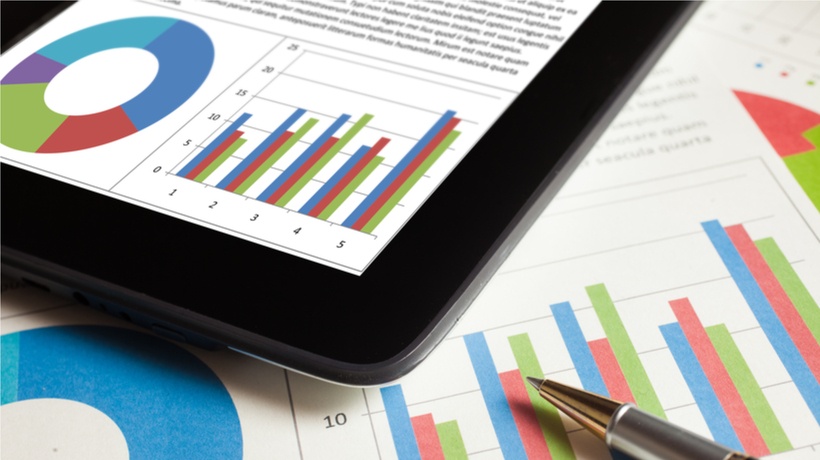Exploring The Power Of Learning Analytics In eLearning
In the digital age, eLearning has revolutionized the way we acquire knowledge and skills. With the advancement of technology, online education has become increasingly sophisticated, offering learners greater flexibility and convenience. One of the most valuable tools driving this revolution is learning analytics. By harnessing the power of data, learning analytics enable educators to gain deeper insights into the learning process, leading to more effective and personalized learning experiences for students. In this article, we will explore what learning analytics is, its importance in eLearning, and how it can significantly enhance the quality of learning programs.
Defining Learning Analytics
Learning analytics is the process of collecting, analyzing, and interpreting data generated by learners during their eLearning journey. This data may include their interactions with the course content, assessment performance, time spent on different modules, and even engagement levels. The main objective of learning analytics is to identify patterns, trends, and correlations that can provide valuable information to optimize the learning experience.
The Importance Of Learning Analytics In eLearning
1. Personalized Learning
One of the most significant advantages of learning analytics is its ability to personalize the learning journey for each student. Educators can understand a student's strengths, weaknesses, and preferred learning styles by analyzing individual data. Armed with this information, they can tailor the content and assessments to meet each student's unique needs, maximizing their learning potential.
2. Identifying Learning Gaps
Learning analytics allows educators to pinpoint areas where learners might be struggling or encountering difficulties. This insight enables them to address these learning gaps promptly, ensuring that students grasp essential concepts before moving on to more advanced topics. This targeted approach enhances the overall learning experience and boosts student success rates.
3. Enhancing Engagement
Engagement is crucial in eLearning, directly impacting knowledge retention and course completion rates. Learning analytics provide valuable feedback on student engagement levels, highlighting areas that need improvement. By using this data, instructors can design more engaging content and interactive activities, fostering a positive and dynamic learning environment.
4. Assessing Course Effectiveness
Learning analytics not only help track individual student progress but also evaluate the overall effectiveness of the course. By analyzing data on completion rates, assessment scores, and time spent on specific modules, educators can identify areas where the course may need adjustments or enhancements. Continuous improvement of courses leads to better learning outcomes and increased student satisfaction.
5. Predictive Analytics
Learning analytics can also employ predictive models to anticipate student performance and behavior. By identifying potential challenges early on, educators can implement proactive measures to support struggling students, reducing dropout rates and ensuring a successful learning experience for all.
How To Improve The Quality Of Your Learning Programs
1. Define Clear Learning Objectives
Before implementing learning analytics, it's essential to establish clear learning objectives for your eLearning programs. What do you want your students to achieve? By defining specific goals, you can align your data analysis with your desired outcomes, making it easier to measure success.
2. Choose The Right Learning Analytics Tools
There are various learning analytics tools and platforms available on the market. Choose one that suits your needs and integrates well with your eLearning platform. Look for features that provide actionable insights and user-friendly interfaces that empower educators to make informed decisions.
3. Encourage Data-Driven Decision-Making
Embrace a culture of data-driven decision-making among your educational team. Train instructors to interpret learning analytics effectively and use the insights gained to enhance their teaching strategies. Data should be a valuable asset in improving the learning experience.
4. Ensure Data Privacy And Security
As learning analytics involve collecting and analyzing sensitive student data, it is crucial to prioritize data privacy and security. Implement robust data protection measures to safeguard the personal information of your learners.
5. Continuous Monitoring And Improvement
Learning analytics is an ongoing process. Regularly monitor and analyze the data to identify areas for improvement and adapt your eLearning programs accordingly. Stay updated with the latest advancements in learning analytics to leverage its full potential.
Conclusion
Learning analytics is a game-changer in the field of eLearning, empowering educators to create personalized and compelling learning experiences. By harnessing the power of data, institutions, and educators can better understand student behavior, address learning gaps, and continuously improve the quality of their eLearning programs. As technology continues to evolve, learning analytics will undoubtedly play an increasingly crucial role in shaping the future of education, helping learners worldwide unlock their full potential.










